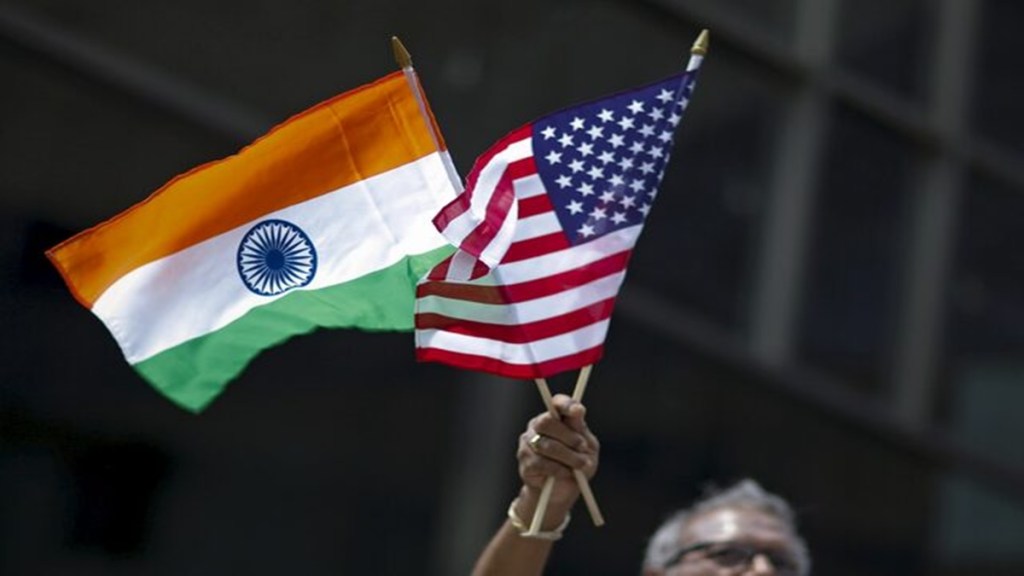The first in-person meeting between the chief negotiators of the Bilateral Trade Agreement (BTA) between India and US after the finalisation of terms of reference (ToR) got underway on Wednesday, in Washington with both sides aiming to iron out issues for a faster deal over the next three days.
The Indian team led by chief negotiator Rajesh Agrawal left for the US earlier this week and during the meetings both sides will try to gauge the level of ambition each one has on liberalising trade. This would involve both sides indicating how many products each side would like the BTA to cover for tariff reduction, the pace of reduction in import duties and other non-tariff and regulatory matters that will ease trade.
Apart from the scope of liberalisation, modalities and scheduling of negotiations to complete them within the autumn deadline will also be discussed. While negotiators meet in person, experts from both sides remain engaged digitally to aid the process.
Both sides are also attempting to cover as much ground as possible in the 90-day period of pause in reciprocal tariffs to reach some kind of an interim trade agreement or understanding with the US. If the progress is slow then there is possibility that Indian exports to the US will be subject to additional duties. Under the reciprocal plan US has announced 26% additional duties on India but its full implementation has been put on hold.
The US has been vocal about its demands from New Delhi on agriculture, auto and overall trade deficit. In a statement on Tuesday, the US Trade Representative Jamieson Greer again stated, ““There is a serious lack of reciprocity in the trade relationship with India. These ongoing talks will help achieve balance and reciprocity by opening new markets for American goods and addressing unfair practices that harm American workers.”
Officials say that India too has certain asks from the US in the BTA. In some sectors like tobacco and peanut butter the US imposes very high tariffs and other restrictions. In textile, clothing and other items of Indian export basket too there is not much difference between Indian and US rates.
In 2024-25 India’s merchandise exports to the US grew 11.6% on year to $ 86.51 billion while imports grew 7.4% to $ 45.3 billion. This resulted in a surplus of $ 41.21 billion for India. To balance that trade one of the options that has been proposed is India buying more petroleum and defence items from the US.
The ToR has 19 chapters each dealing with a different topic like goods, services, non-tariff barriers, rules of origin, customs facilitation, dispute settlement and regulatory issues. During the visit the ToR would be further developed, an official said.
